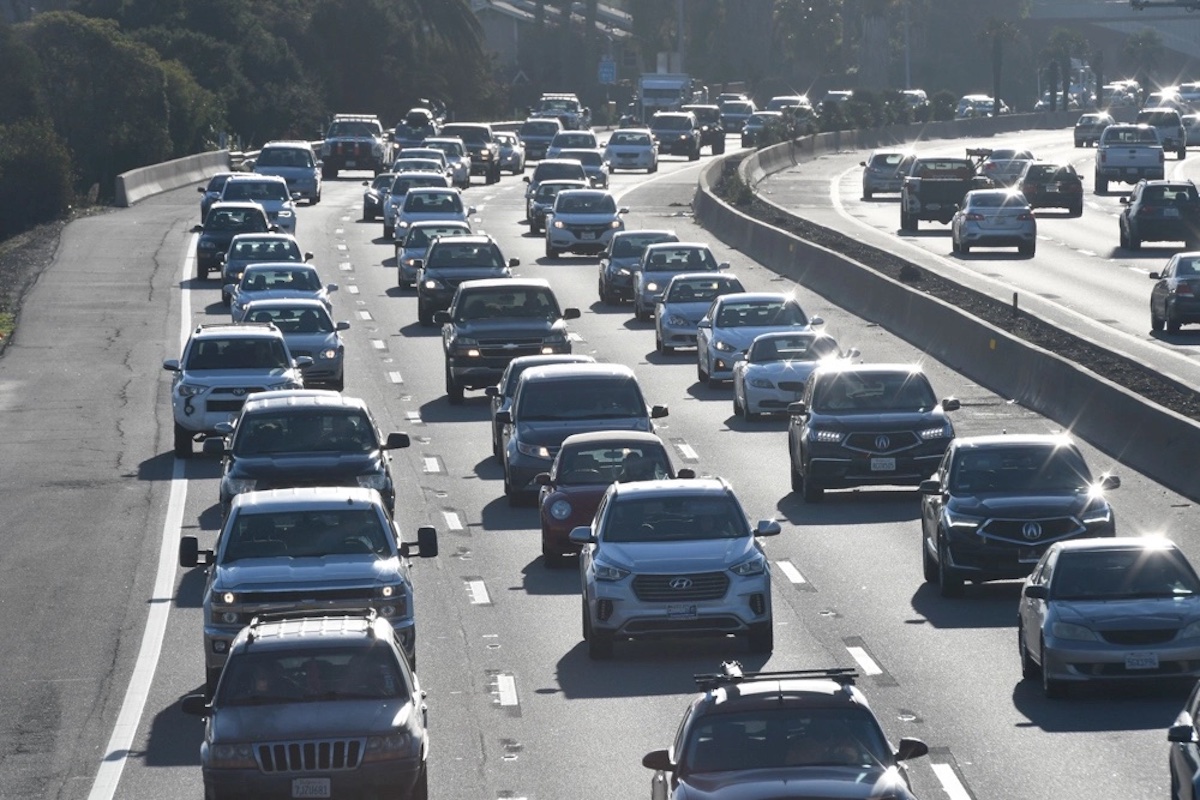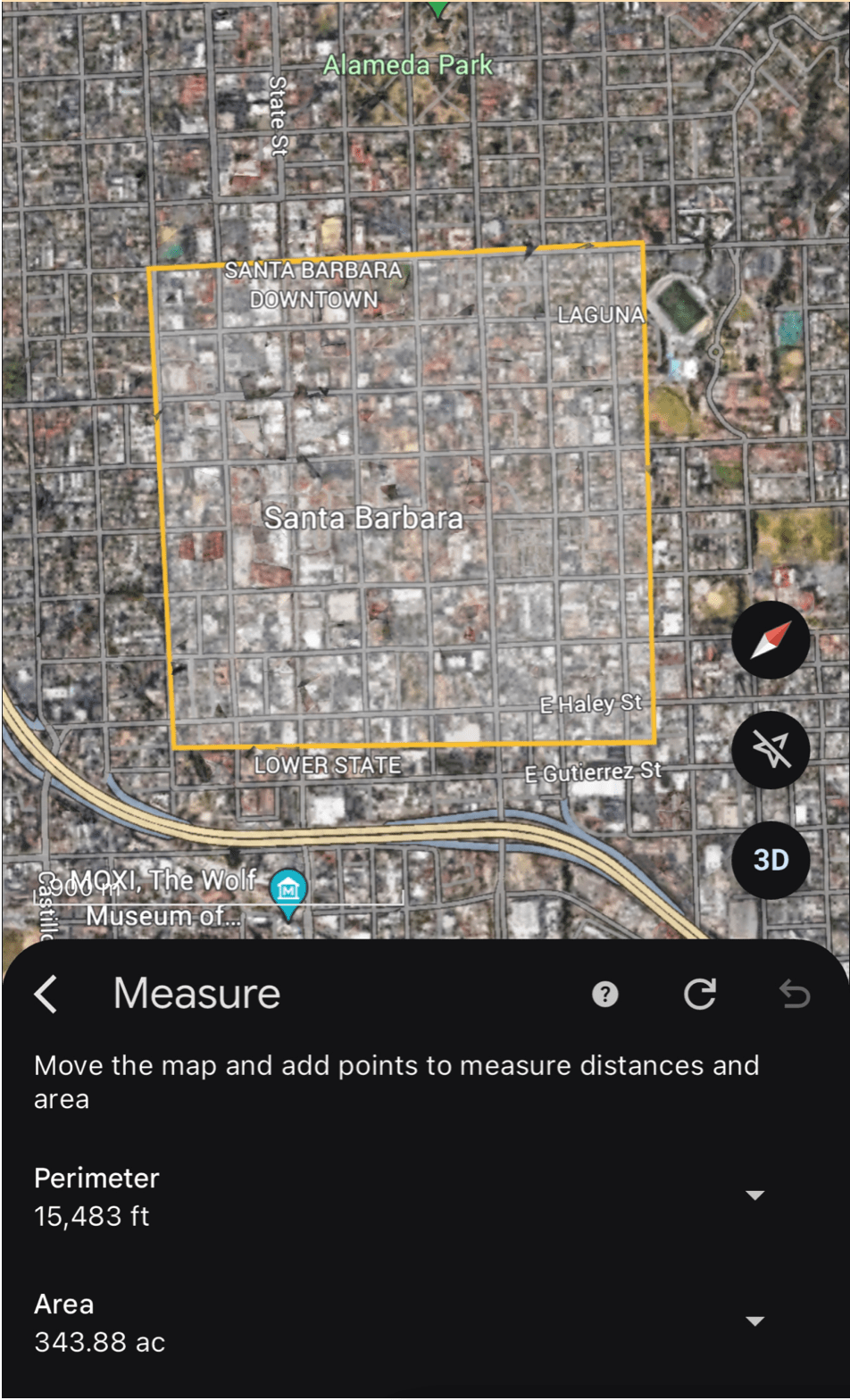More Housing Is Practical, not Problematic
Living and Working in the Same Town Adds to Everyone's Quality of Life

I’d like to explain why we should be building housing.
In Santa Barbara, people tend to look at housing as a closed system. People claim that if we allow our city to grow in population, it will increase traffic and pollution, and that we don’t have enough water for more people. This has resulted in little to no population growth in the city for 30 years; many anti-housing people might tell you we’ve avoided catastrophe.
However, if we look at the statistics, we see a different story. Around 40,000 people commute into the City of Santa Barbara each day as of 2021. That’s 71.3 percent of people who work in the city. Further analysis shows that around a third of these people live more than 50 miles away. Meanwhile, the populations of Santa Maria, Lompoc, Ventura, and Oxnard have increased by the tens of thousands, collectively. This happened because although we limited housing production, jobs continued to grow. At the same time, when a teacher or nurse in Santa Barbara retires and sells their home, it is often bought by someone in a higher socioeconomic strata. This means that the new teacher or nurse has to live somewhere else.

Many of these commuters could have been housed in apartments, duplexes, or ADUs (accessory dwelling units) built over the last 30 years around our city. We also could have strategically densified our downtown, keeping most new construction and residents on a small fraction of our city land. As I wrote in my last article, new residents living downtown would be far more likely to walk, bike, or take transit to work as they’d be far closer to jobs. Strong Towns Santa Barbara (STSB) member Alex Gravenor recently calculated that it would take about 350 acres of five-story buildings to house a majority of these commuters. Make the buildings six stories and the land area shrinks further.

Of course, this housing wouldn’t actually appear as a monolithic square, but would be spread throughout our downtown – and it turns out there’s plenty of room. Last year, we partnered with the Parking Reform Network to create a map and found that 27 percent of our downtown (the area zoned for the highest density) is off-street parking. Turn those lots into housing (perhaps putting the parking underground), and you’ve nearly solved the problem.
Instead, we’ve created a population of people who spend hours of their day commuting to our city — we could have been slowly densifying areas of our city core, perhaps replacing ugly asphalt lots with pleasant Spanish-style buildings. The reliance on commuting has caused far more traffic and pollution stretched over a farther distance than if we had allowed our city to grow. These commuters use just as much water from the local watershed as if they lived next door. And most sadly, all the time these people spend commuting is time they could be with their friends and families.
Commuting actually has all sorts of adverse effects. The longer your commute, the more likely you are to get divorced [1]. Your blood sugar and cholesterol levels will be higher [2]. You’ll be 21% more likely to be obese [3]. It will be harder for you to fall asleep at night [4]. You will spend less time with your friends [5], and feel more lonely. Meanwhile, the environmental costs of all these extra cars on the highway goes without saying. Not to mention the increased infrastructure costs to maintain roads with heavy usage, or justification for multi-million dollar widening projects like the one in Montecito, which is unlikely to affect travel times [6].
STSB proposes that we need to welcome growth. We can’t keep pushing the growth that should be occurring here to cities 20-plus miles away. Yes, we can be thoughtful about where new buildings go and how they look, but we can’t refuse to change. Residents of buildings built in the city will be far more likely to walk or bike to work. Even if they drive, their one- to two-mile commutes will cause less traffic than if they come from 50 miles away. And no, demand isn’t infinite, and supply and demand is real [7]. As British Columbia Housing Commissioner Uytae Lee puts it, “preventing new housing from being built doesn’t get rid of the demand for new housing, it just shifts that pressure onto older housing. In a housing market where we continue to build new housing supply, the people who are willing and able to pay more for their housing tend to move into newer and more expensive housing. And over time, those newer and more expensive homes today often become the older and more affordable homes of tomorrow — as long as we continue to build new housing. But when we don’t build new housing, we just put pressure on the overall housing market.” The few cities that have built new housing have in fact seen [8] a stabilization in rent prices, even in coastal California. If we want to replicate that in Santa Barbara, we can start by building units for those that already commute here, and see where we can go from there.
For the sake of the environment, affordability, and quality of life, we need to build more, denser housing locally.
One last thing: Strong Towns Santa Barbara is putting on an event hosted by the Community Environmental Council on September 3 at 6:30 p.m. The theme: the future of State Street. During this event, we would not only like to present some ideas, in the form of studies and case studies from other cities, but also want to engage with the audience and have a discussion about the future of State Street. If you’d like to come, please RSVP on our Instagram.
Sources:
- A Long Commute Could Be the Last Thing Your Marriage Needs.
- 5 Ways Your Commute Affects Your Health – Keck Medicine of USC
- Your Commute is Making You Miserable
- 5 Ways Your Commute Affects Your Health – Keck Medicine of USC
- Relationships Between Commuting and Social Capital Among Men and Women in Southern Sweden – PMC.
- Stuck in gridlock: Why 405 expansion didn’t reduce rush hour delay | LAist
- Why 405 Expansions Didn’t Reduce Rush Hour Delay
- New construction makes homes more affordable—even for those who can’t afford the new units.

You must be logged in to post a comment.